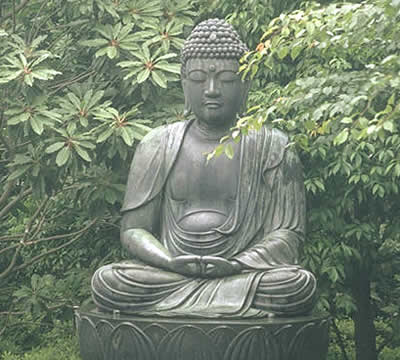
Of Japan
Shinto and Buddhism are Japan's two major religions. They have been co-existing for several centuries and have even complemented each other to a certain degree. Most Japanese consider themselves Buddhist, Shintoist or both.
Religion does not play a big role in the everyday life of most Japanese people today. The average person typically follows the religious rituals at ceremonies like birth, weddings and funerals, may visit a shrine or temple on New Year and participates at local festivals (matsuri), most of which have a religious background.
Contemporary Japanese weddings are celebrated in a great variety of ways. Many contain traditional Japanese and Western elements side by side.
Traditionally, the religious wedding ceremony is held in Shinto style at a shrine. Nowadays, this shrine may be located inside the hotel where the festivities take place. A Shinto priest conducts the ceremony, which is visited by only the close family members of the couple.
In the ceremony, the couple is purified, drinks sake, and the groom reads the words of commitment. At the end of the ceremony, symbolic offerings are given to the kami. The couple is dressed in traditional kimono.
Afterwards, a meal is held and several guests make contributions such as speeches, songs and the like. During the whole celebrations, the groom and especially the bride may change their dresses several times. At the very end of the party, the couple will make a speech to all the guests and thank everybody.

Recently, the number of Japanese couples who hold their wedding ceremony outside of Japan has also increased. One reason for this phenomena is the fact that by marrying abroad, the honeymoon can be combined with the ceremony, and the number of guests and, therefore, the overall costs for the event can be reduced.
The Feast the Japanese Believe In
An important element of Japanese festivals are processions, in which the local shrine's kami (Shinto deity) is carried through the town in mikoshi (palanquins). It is the only time of the year when the kami leaves the shrine to be carried around town.
Many festivals also feature decorated floats (dashi), which are pulled through the town, accompanied by drum and flute music by the people sitting on the floats. Every festival has its own characteristics. While some festivals are calm and meditative, many are energetic and noisy.